The Standard Model Shows How Elementary Particles Interact
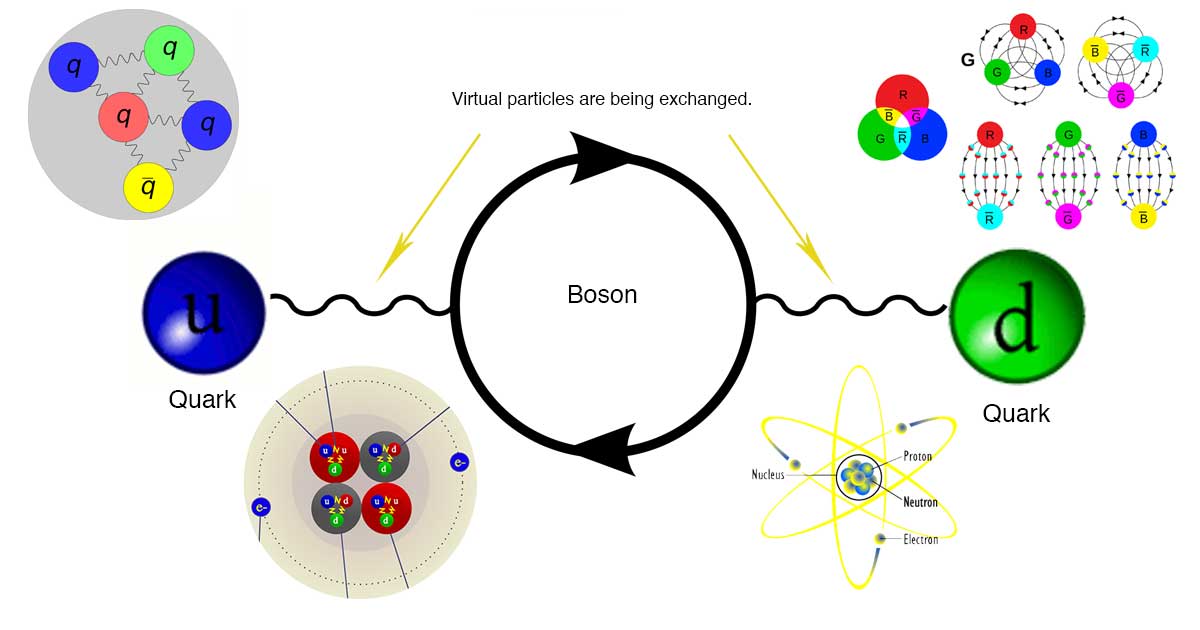
The standard model of particle physics shows how the elementary particles interact via the four forces to create the physical universe.
The Physical Sciences are branches of science that study non-living systems including Astronomy, Chemistry, Earth Science, and Physics.

The standard model of particle physics shows how the elementary particles interact via the four forces to create the physical universe.

Everything we perceive depends on our frame of reference. What we observe is relative to our point of view. In other words, “it is all a matter of perspective”.
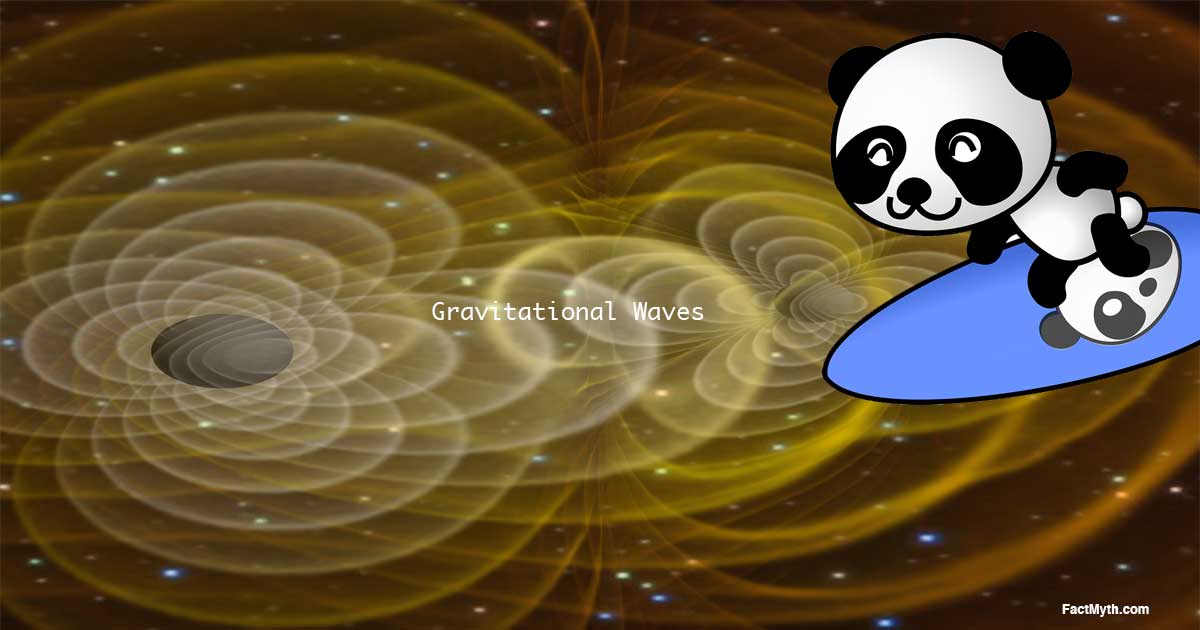
Gravity is the result of the curvature of spacetime by matter. Non-symmetric acceleration of matter produces gravitational waves that ripple across the universe at light speed.
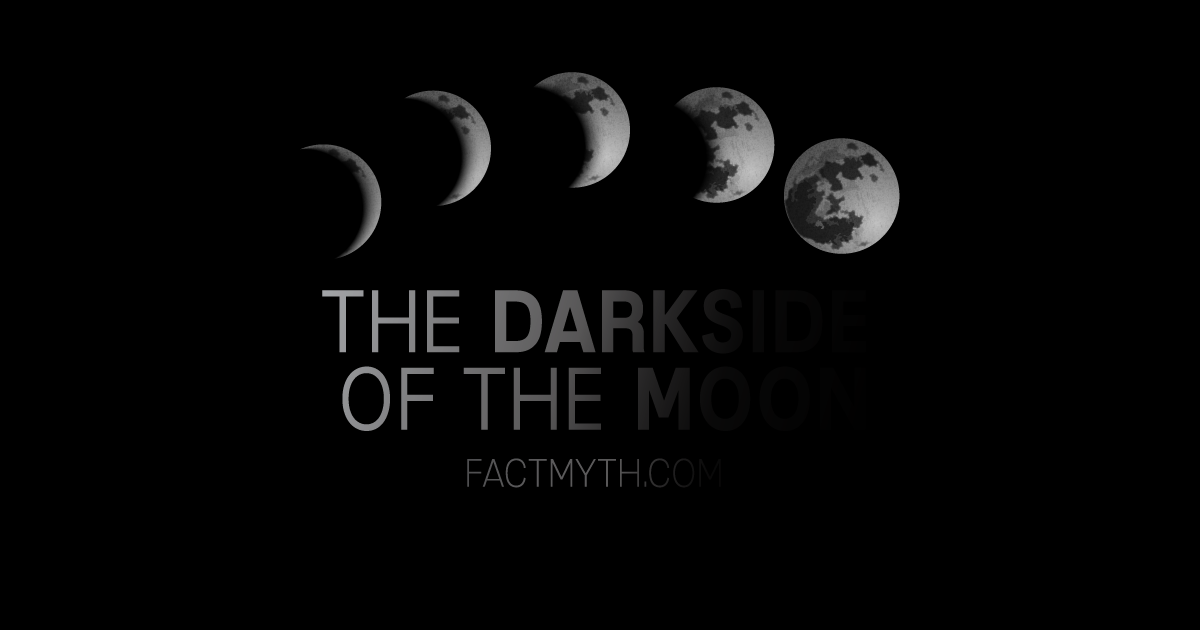
The “Dark Side” of the moon is not actually dark. Every month, it gets two weeks of sunlight and two weeks of darkness, just like the rest of the moon.
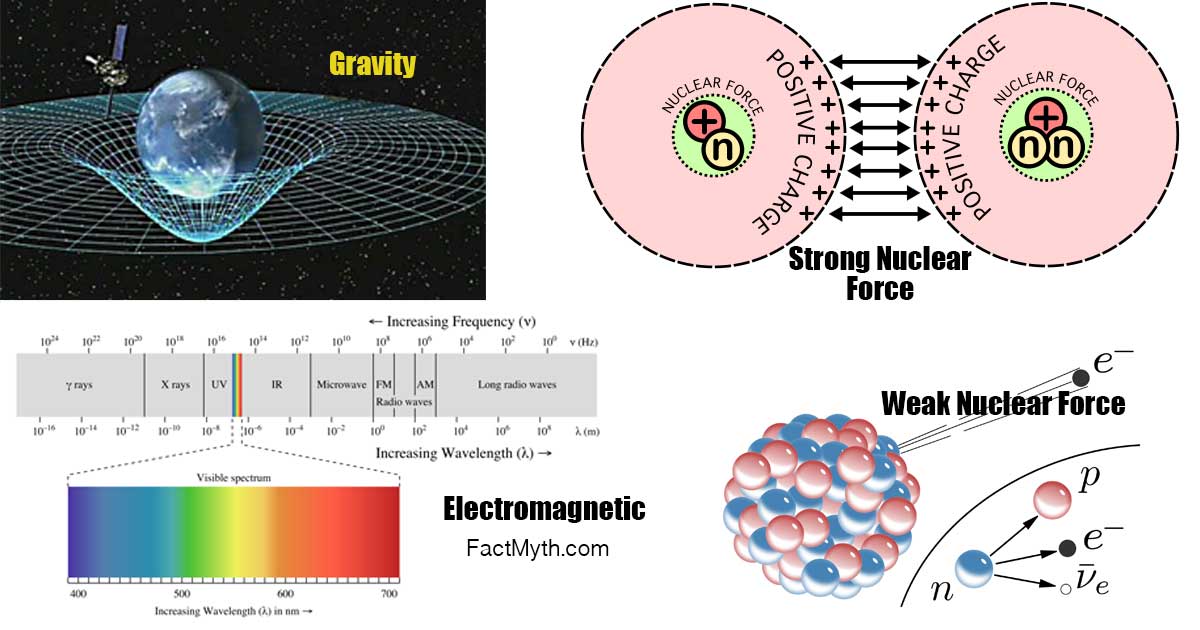
There are four fundamental forces (interactions) in the universe: gravitational, electromagnetic, strong nuclear, and weak nuclear.

There are different types of infinity (∞) which differ by size, countability, “flavor” and more. Most types have practical real world applications.
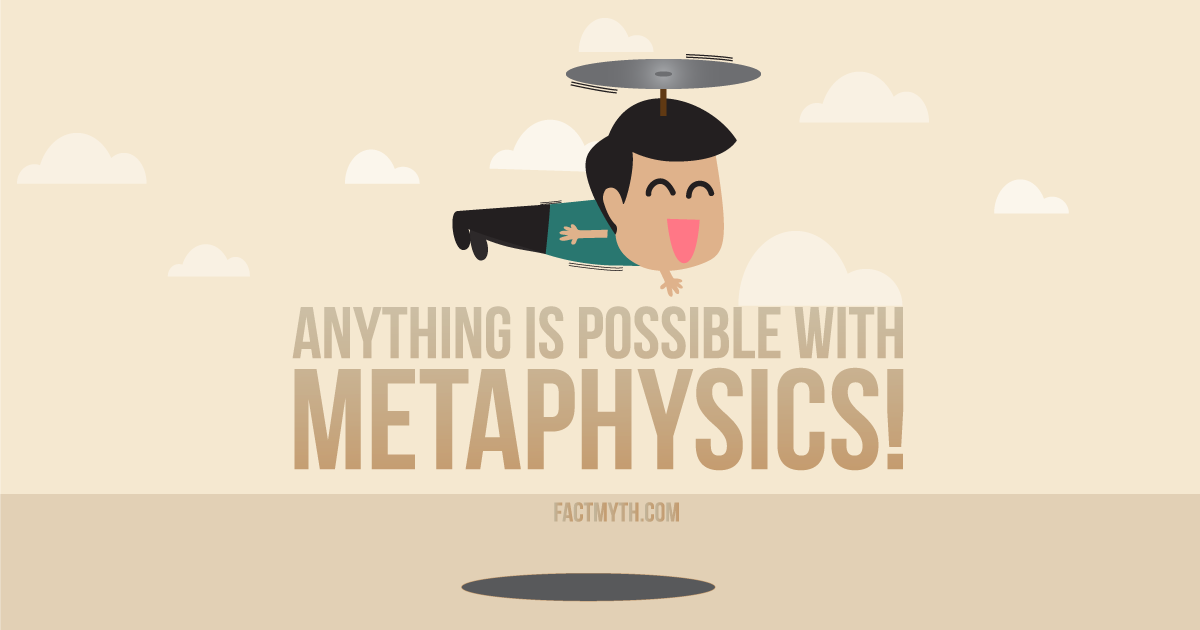
Physics is a branch of physical science rooted in math that asks “how does it work?” Metaphysics is a broad branch of philosophy that asks, “What is its true nature?”

No “thing” (including particles) can travel faster than light speed, but some “non-things” can. In both ways “nothing travels faster than the speed of light”.

The Earth is not flat; the Earth is an oblate spheroid (a bumpy sphere with a fat equator and skinny poles). There are many ways to prove the earth’s geometry.

There are different ways to measure mass, but all of them are related to rest-mass (invariant mass) the “true” inertial mass of an object at rest.